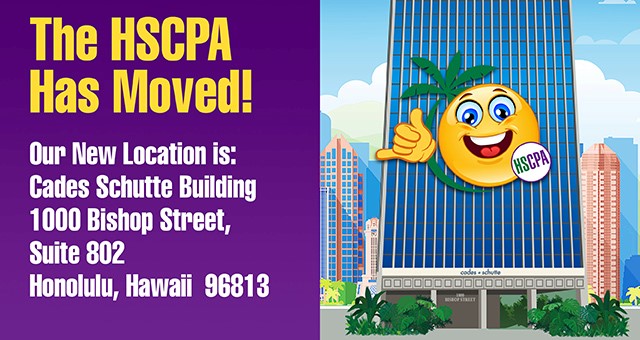Surgent's Guide to Partner Capital Account Reporting
Description
Tax practitioners are responsible for presenting partner capital accounts on the tax basis. But what does this mean and how have rules changed in recent years regarding partner capital accounts? This course covers exactly that. For tax practitioners preparing partnership 1065 forms, this course explains these complex rules in practical and understandable terms.
Highlights
- How a partner’s outside basis and capital account differ
- Reconciling Schedule M-2 Form 1065 with Partnership K-1 Schedule L
- IRS requirement to report partner tax basis on the transactional approach
- Implications if a capital account is negative
- Deficit restoration accounts and qualified income offsets
- Modified outside basis method and modified previously taxed capital method
- Determining a partner’s beginning capital account
- Beginning capital account for partnerships and partners consistently reporting on the tax basis
- The two types of adjustments under 754 and how 743 and 734 require different capital account presentations
Objectives
- Understand how a partner determines and reports his or her tax basis capital account
Designed For
Any tax practitioner who will be preparing partnership income tax returns
Course Pricing
|
Member Fee
Applicable if you are a HSCPA member in good standing. |
$89.00 |
|---|---|
|
Non-Member Fee
Applicable if you are not a HSCPA member. |
$139.00 |
| Your Price | $139.00 |
CPE Choice
Learn more about CPE Choice.
This course does not qualify for CPE Choice.






